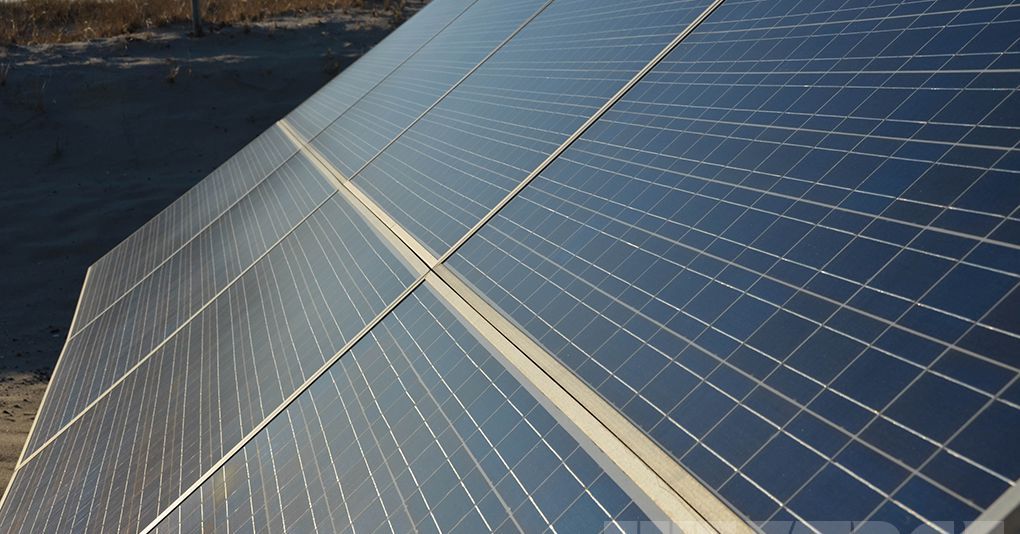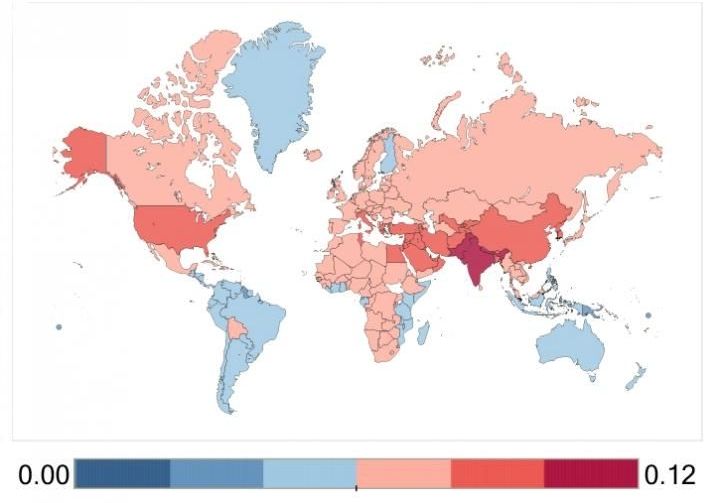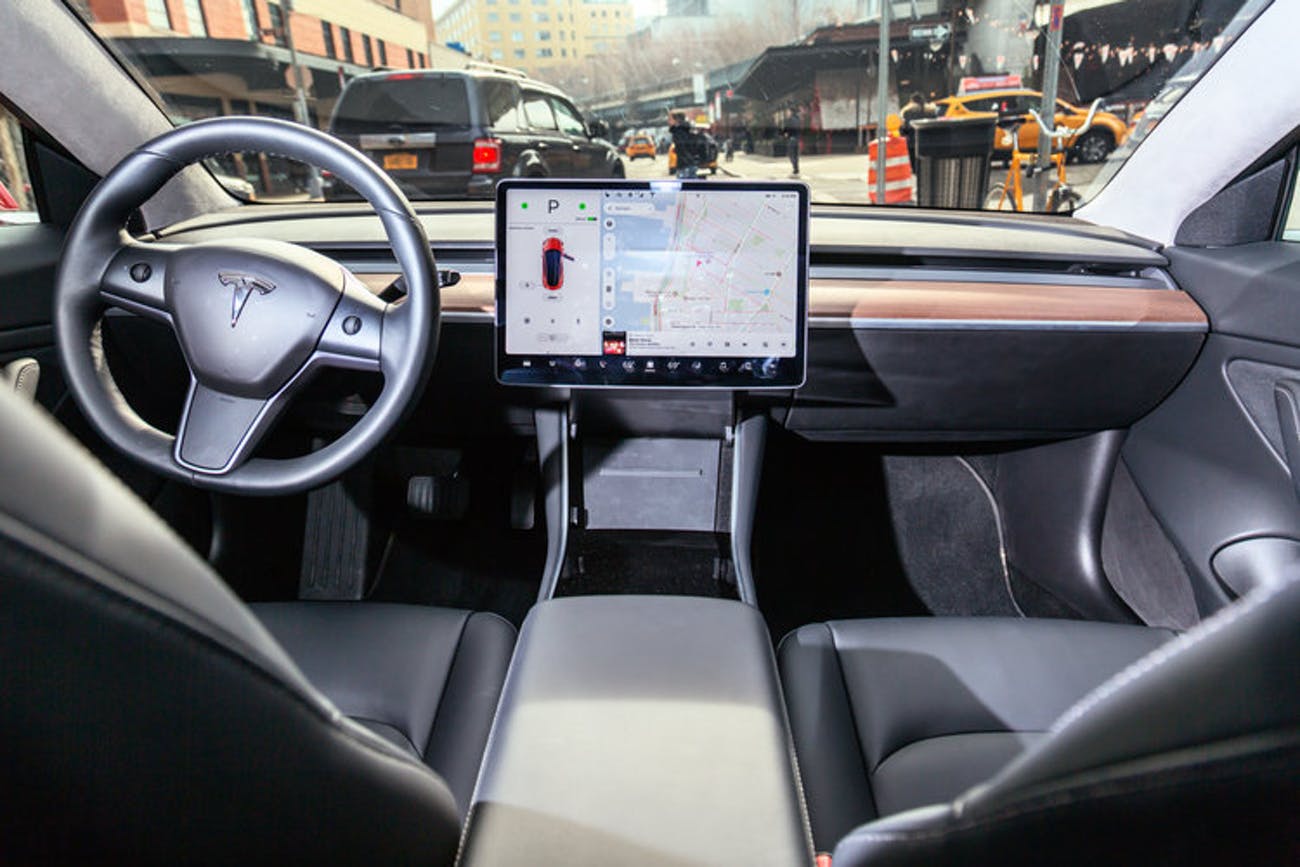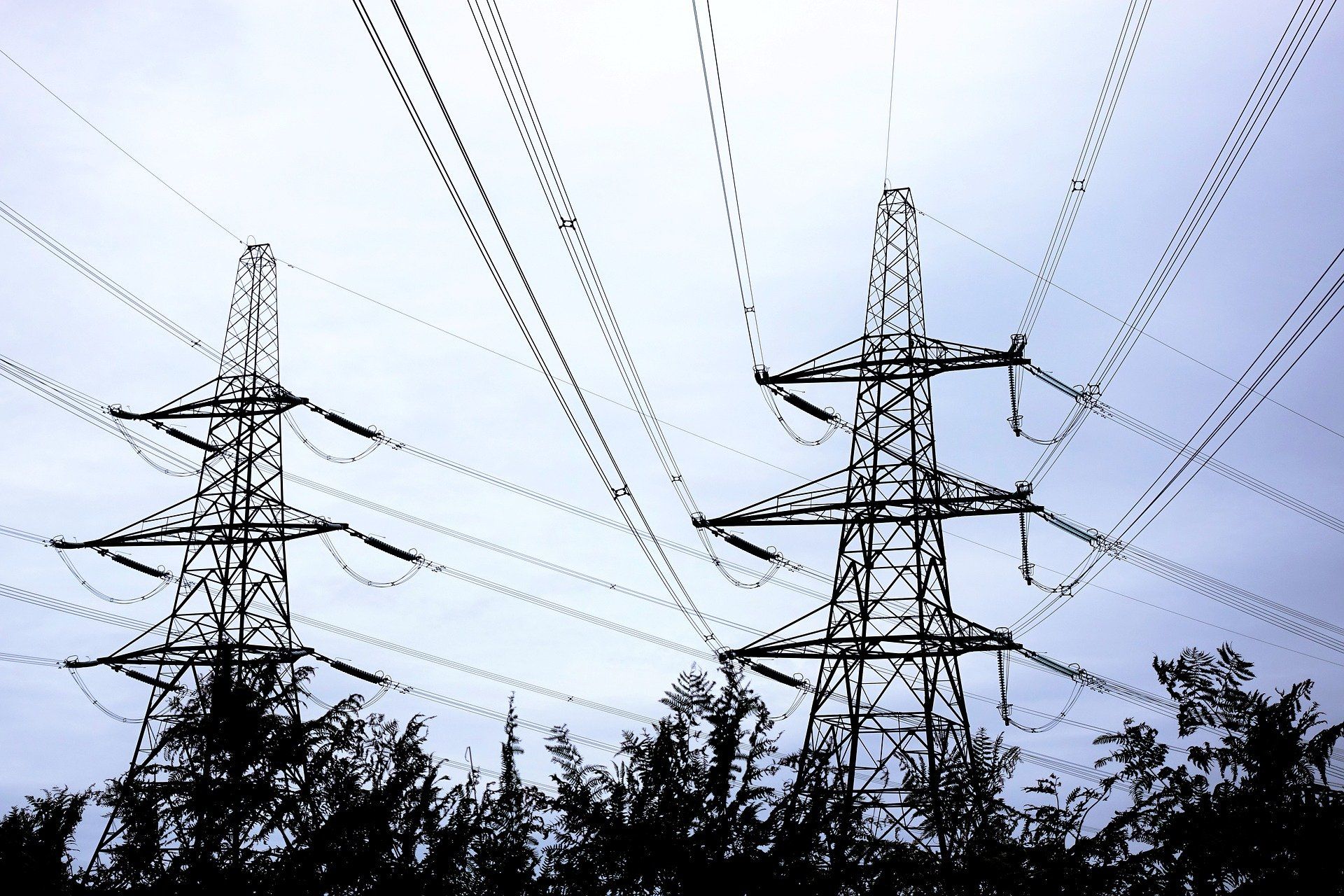Archive for the ‘sustainability’ category: Page 529
Oct 26, 2018
More solar panels mean more waste and there’s no easy solution
Posted by Steve Nichols in categories: solar power, sustainability
https://paper.li/e-1437691924#/
Solar panels might be the energy source of the future, but they also create a problem without an easy solution: what do we do with millions of panels when they stop working?
In November 2016, the Environment Ministry of Japan warned that the country will produce 800,000 tons of solar waste by 2040, and it can’t yet handle those volumes. That same year, the International Renewable Energy Agency estimated that there were already 250,000 metric tons of solar panel waste worldwide and that this number would grow to 78 million by 2050. “That’s an amazing amount of growth,” says Mary Hutzler, a senior fellow at the Institute for Energy Research. “It’s going to be a major problem.”
Continue reading “More solar panels mean more waste and there’s no easy solution” »
Oct 25, 2018
An intense storm has wiped out a remote Hawaiian island, and it’s a sign of things to come
Posted by Genevieve Klien in categories: climatology, sustainability
- East Island is located about 550 miles northwest of Honolulu, Hawaii.
- In early October, the island was effectively wiped off the map when Hurricane Walaka swept through it.
- Scientists say East Island was the nesting ground for 50% of the world’s Hawaiian green sea turtles.
- It’s unclear if the island will reappear, and scientists expect future hurricanes to be stronger and wetter due to climate change.
An 11-acre island in the Pacific Ocean has vanished after Hurricane Walaka, one of the most powerful storms to sweep through the area, struck the island in early October.
Satellite photos show that East Island, located roughly 550 miles northwest of Honolulu, Hawaii, was wiped off the map during the hurricane.
Oct 24, 2018
Air pollution leads to millions of ER visits for asthma attacks worldwide
Posted by Xavier Rosseel in categories: health, sustainability, transportation
The new research suggests that:
WASHINGTON, DC (Oct. 24, 2018)— Nine to 33 million visits to the emergency room (ER) for asthma worldwide may be triggered by breathing in air polluted by ozone or fine particulate matter—pollutants that can enter the lung’s deep airways, according to a study published today.
Scientists have long known that breathing in air sullied by car emissions and other pollutants could trigger asthma attacks. However, the new study is the first to quantify air pollution’s impact on asthma cases around the globe.
Continue reading “Air pollution leads to millions of ER visits for asthma attacks worldwide” »
Oct 19, 2018
A new cermet that could provide a better heat exchange for solar power plants
Posted by Bill Kemp in categories: solar power, sustainability

Six-hundred million people in Sub-Saharan Africa lack access to electricity. To meet these power needs, a mix of large public-run utility grids and standalone systems will be necessary for universal access in the region. Governments, aid organizations, and scientists are working to understand which electricity grid solution would be most cost-effective and reliable across urban, peri-urban, and rural areas.
Standalone, or “decentralized” electricity systems—most often solar power with battery storage—are usually thought to be too expensive compared to large state-run grids in all but the most remote locations. However, declining costs of solar and new battery technologies are changing the best pathways to deliver reliable power to people that currently lack access to electricity. New UC Berkeley research published today in Nature Energy finds that decentralized electricity systems in sub-saharan Africa can be designed for extremely high reliability, and that this may come at remarkably low costs in the future.
Continue reading “A new cermet that could provide a better heat exchange for solar power plants” »
Oct 18, 2018
Elon Musk says ‘Teslaquila’ is ‘coming soon’ as Tesla files trademark
Posted by Shailesh Prasad in categories: Elon Musk, sustainability, transportation
Billionaire tweets ‘visual approximation’ of bottle as company applies to use the name for tequila branded after the electric cars.
Oct 17, 2018
Stephen Hawking left us bold predictions on AI, superhumans, and aliens
Posted by Genevieve Klien in categories: climatology, genetics, robotics/AI, sustainability
The good news: Humanity will survive climate change. The bad news: The only ones who do will be genetically modified superhumans.
Oct 17, 2018
Could this venture-backed zero energy house revolutionize the home building industry?
Posted by Genevieve Klien in categories: energy, habitats, sustainability
Backed by startup incubator Y Combinator, Acre Designs is poised to transform the house building industry with prefabricated, net zero energy homes that are affordable and sustainable.
Oct 16, 2018
Printable solar materials could soon turn many parts of a house into solar panels
Posted by Bill Kemp in categories: habitats, solar power, sustainability
New houses could soon deliver on a long-awaited promise and incorporate windows or roof tiles that harvest solar energy, research conducted at KAUST suggests.
Derya Baran, at the KAUST Solar Center, and her colleagues have developed a photovoltaic organic material that captures light efficiently and that potentially could be coated on building materials.
Traditional roof-mounted solar panels are made from slabs of silicon, but organic molecules can also capture energy from sunlight. These molecules could be formulated as inexpensive printable inks that are applied to regular building components such as windows. Turning sunlight into electricity is a multistep process, and the key to developing high-performance organic photovoltaic materials has been to find organic molecules that are good at every step, Baran explains.
Oct 16, 2018
Independent solar power could offer reliable electricity to sub-saharan Africa
Posted by Bill Kemp in categories: solar power, sustainability
Six-hundred million people in Sub-Saharan Africa lack access to electricity. To meet these power needs, a mix of large public-run utility grids and standalone systems will be necessary for universal access in the region. Governments, aid organizations, and scientists are working to understand which electricity grid solution would be most cost-effective and reliable across urban, peri-urban, and rural areas.
Standalone, or “decentralized” electricity systems—most often solar power with battery storage—are usually thought to be too expensive compared to large state-run grids in all but the most remote locations. However, declining costs of solar and new battery technologies are changing the best pathways to deliver reliable power to people that currently lack access to electricity. New UC Berkeley research published today in Nature Energy finds that decentralized electricity systems in sub-saharan Africa can be designed for extremely high reliability, and that this may come at remarkably low costs in the future.
Jonathan Lee, a Ph.D. candidate in the Energy and Resources Group (ERG) and Associate Professor Duncan Callaway worked with more than 10 years of solar data from NASA and developed an optimization model that determines the lowest cost way to build a standalone system given component costs and a target reliability. At current costs, their model indicates that most regions in Sub-Saharan Africa can get 95% reliable power—meaning customers can use electricity from some combination of solar panels and batteries 95% of the time—for roughly USD$0.40 per kWh. Though that cost is high relative to current grid costs, their model indicates that with aggressive but plausible future cost declines in decentralized system costs, largely in batteries, these costs would drop to levels competitive with the grid in many parts of the continent in less than a decade.
Continue reading “Independent solar power could offer reliable electricity to sub-saharan Africa” »
















